This is the Part 3 of the three part series covering the base liquor in the "well" or the speed rack.
Please check back to Parts 1 & 2 if you haven't already read through them yet.
For those students who are continuing on from the previous lessons, we have been going over the characteristics of each of the base liquor in our speed rack. We've been covering the mnemonic:
"Very Sexy Girl Bartenders with Tight Trousers make Radical Bartender."
And its liquors:
- Vodka
- Scotch
- Gin
- Bourbon
- Tequila
- Triple Sec
- Rum
- Brandy
- Dry Vermouth
- Sweet Vermouth
We've covered up to Triple Sec in yesterday's lesson. In Part 3, let's go over what rum, brandy, dry vermouth, and sweet vermouth is.
Rum

Rum is a liquor made from sugarcane. When we think of rum, we think of the Caribbean, and pirates drinking them.
Rum is a very popular liquor due to its sweet flavor. It is also very versatile and easy liquor to mix due to its flavor profile (light, sweet, not too strong). In addition, there has been a huge commercial success with rum in the past 10 years. You will see all kinds of rum in today's market such as:
- Light Rum
- Dark Rum
- Spiced Rum
- Coconut Rum
- Flavored Rum
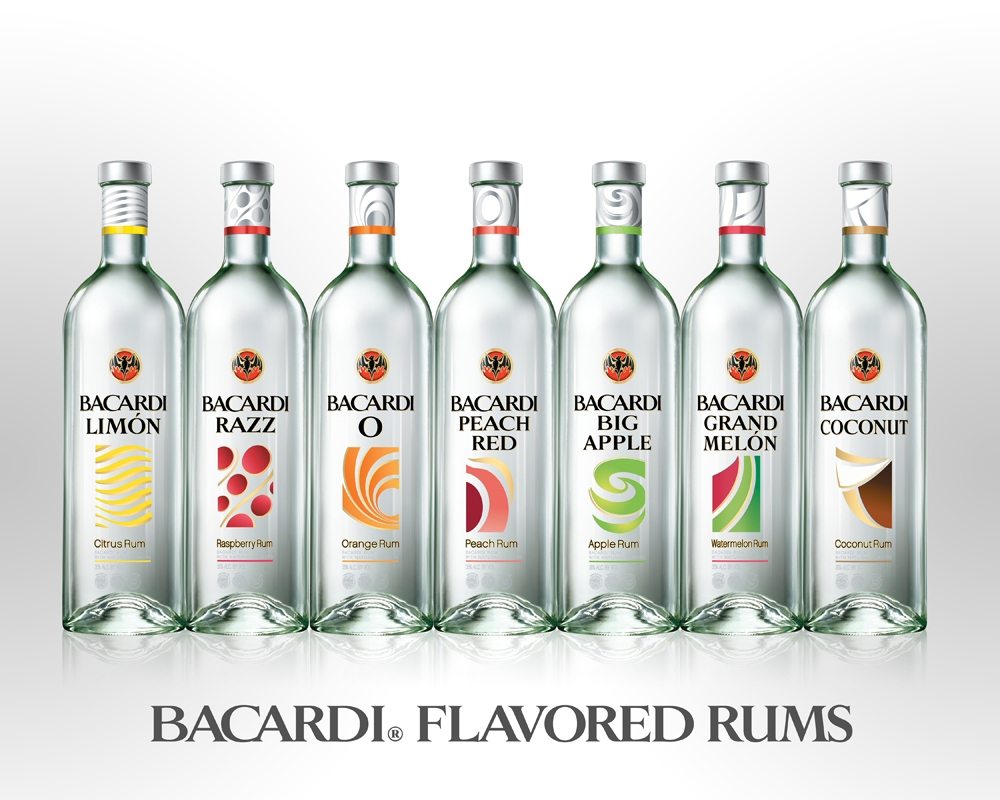
The spiced, coconut, and flavored rum have been relatively new additions in the bartending world.
There are usually two types of rum connoisseurs.
One type of connoisseur are the real rum drinkers who like to drink rum straight up or on the rocks. These rum tend to be very well made, and are usually very expensive to buy. They are aged, barreled, and cherished on its own. The connoisseurs like to drink their rum with a cigar, similar to a well made scotch or brandy.

The other type of connoisseur is the more general type, who like to enjoy the more commercially made rums. This type of connoisseur will usually mix their rum in a cocktail. Popular cocktails such as rum and coke, Mojito, and Mai Tai comes to mind. They will use rums like the light rum made by Bacardi, dark rum made by Myer's, spiced rum by Captain Morgan's, coconut rum made by Malibu, or flavored rum again made by Bacardi.
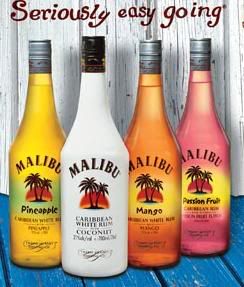
As a bartender starting out, your focus will be targeted toward the second type of connoisseur. Unless you work at a Ritz Carlton in Florida, its pretty rare to see a huge variety in premium rum at a bar. You will more than likely work with stuff that are more readily available, which are second types of rums that I've described above.
Popular cocktails made using rum are the following:
- Mojito & Flavored Mojito
- Pina Colada
- Mai Tai
- Cuba Libre (Rum and Coke with lime)
- Blue Hawaii
- Strawberry/Mango/Peach Daiquiri
- Hurricane

The cocktails above are all very flavorful and all are very popular. You will be making these cocktails 80% of time when using rum.
Popular rum brands in the United States include:
- Bacardi
- Myer's
- Mount Gay
- Captain Morgan
- Salior Jerry's
- Parrot Bay
- Malibu
You will find most of these at your bar. Also, lately, many of the brands above have come up with a variety of flavored rum, so you will also need to get familiar with them too.
Overall, rum is a very popular base liquor, and you will be using it very frequently when you work as a bartender.
Brandy

Brandy is a liquor made by distilling wine. It has a similar characteristics and taste profile as a whiskey though tend to be a little lighter, and more aromatic. If I were to categorize the taste profiles of scotch, bourbon, and brandy, it may look like this:
Stronger > > > Lighter
Bourbon > > Scotch > > Brandy
In the U.S., you will encounter two types of brandy. American brandy and cognac.
American brandy in general seems to be less valued than cognac. They tend to be inexpensive compared to a cognac ($8.99 American Brandy vs. $89.99 Cognac) You will see people mixing American brandy with mixes like egg nog, soda, or water to drink it. From my experience, older gentlemen (60s and above) like to order cocktails made with American brandy.

In contrast, cognacs are valued as a premium liquor, and often times are drank on its own with a snifter. Some premium bars will serve the cognac with its special device to warm it up to get its aromas flowing out.

Brandy, with its flavor similar to whiskey is not very easy to mix. This is especially true for a high priced cognac, where its probably better to drink it on its own.
Representative cocktails using brandy include:
- Egg nog and brandy
- Sidecar
- Brandy Alexander
- Singapore Sling
- Brandy and soda
Though these are the representative cocktails using brandy, it isn't as popular as a Vodka or Rum cocktail. You will likely not be making too much cocktails using brandy, but this will depend on the bar you work at.
Popular brands of brandy include the following:
American Brandy
- Christian Brothers
- E&J
- Korbel
Cognac
- Martell
- Remy Martin
- Hennessy
- Courvoisier

Some of the premium cognac are extremely expensive, so remember not to spill it, or worse drop the bottle. I remember when I was working, I was selling shots of Remy Martin XO for about $35 a shot. The bottle pictured below of the Remy Marting Louis XIII is a whopping $1699.99 per 750ml bottle. Of course, at a bar, it will be even more expensive. It's a status symbol for some.
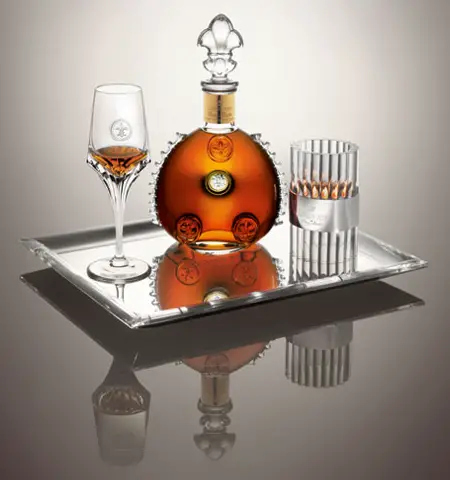
Sweet and Dry Vermouth
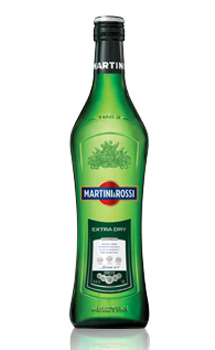
I'm going to cover sweet and dry vermouth together since they sort of serve similar purposes. Vermouth is a fortified wine, which means wine added with a liquor (like brandy), herbs, and fruit peels. So they have a different flavor profile and longer shelf life than a wine - about one year.
Vermouth serves its purpose at a bar for almost just one purpose. To make a Martini - for dry vermouth. And to make a Manhattan - for sweet vermouth. I have never served Vermouth straight to a customer.
Since Martinis and Manhattan are popular drinks, Vermouth has its place in the speed rack. You will likely be making a lot of them as a bartender.
Popular cocktails using vermouth are:
Dry Vermouth:
- Martini
- Gibson
- Bronx

Sweet Vermouth:
- Manhattan
- Rob Roy
- Bronx
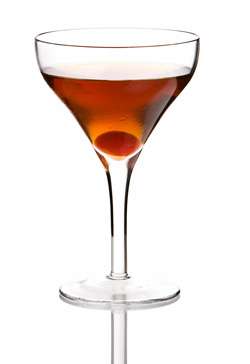
Popular Vermouth brands in the United States are:
- Martini & Rossi
- Gallo
- Boissiere
- Noilly Prat

If you are buying vermouth for home to practice with, it maybe wise to buy the smaller bottles since I have never used up an entire 750ml bottle of vermouth at home. You will need to drink a ton of Martini to use it all up.
Okay, so this finally concludes our three part series on the base liquor. Be sure to get a good understanding of each of the base liquors since you will be working with them throughout your bartending career. As mentioned many times, I do recommend you going out and buying a small bottle of each of the base liquors to taste it out for yourselves. By doing so, you should get a better understanding of how each of the liquors have their places in the bartending world.
I appreciate you sticking through so far in our journey to train you to be a bartender. In Lesson 7, I hope to cover the home practice set up in order for you to start your actual training. So be sure to grasp all the fundamental concepts that I've laid out so far. We will now start to put these concepts into practice starting from the next Lesson.
Well, until next time good luck studying, and Cheers!
3 comments:
I love your guides! Thank you so much for posting them. I'm trying to break into the bartending business and found this info to be very helpful.
Where's lesson 7???
http://onlinebartendingschool.blogspot.com/2010/08/lesson-7-home-bar-practice-setup.html?m=1
Post a Comment